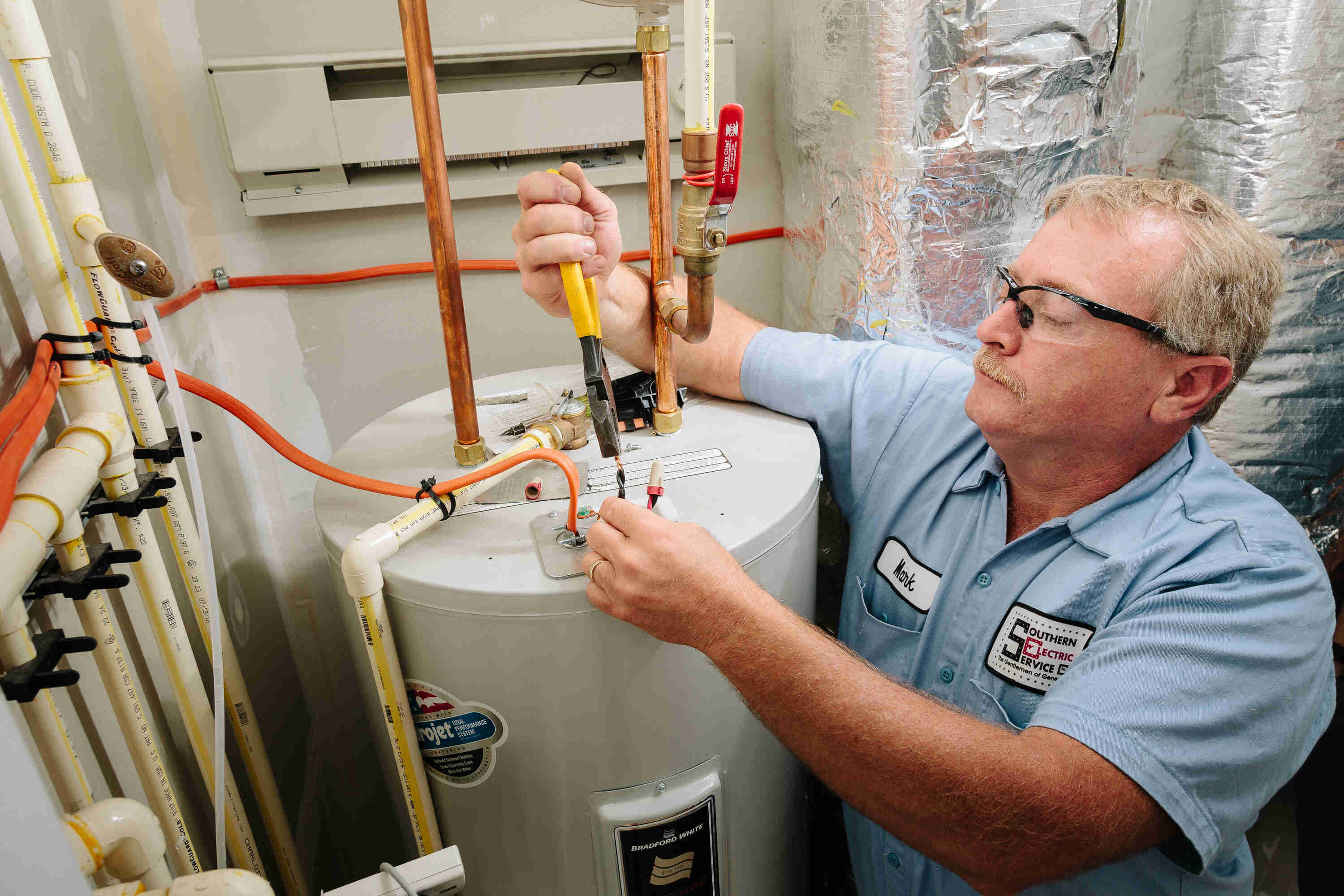On this page on the next paragraphs you'll find a bunch of sensible insight on the subject of How to Maintain a Hot Water Heater in a Few Simple Steps.

Hot water is essential for day-to-day comfort, whether it's for a revitalizing shower or washing meals. To guarantee your warm water system runs effectively and lasts longer, regular maintenance is key. This short article offers functional ideas and insights on how to maintain your home's hot water system to avoid disruptions and costly repairs.
Intro
Keeping your home's hot water system may seem challenging, but with a few easy actions, you can guarantee it runs efficiently for several years ahead. This overview covers every little thing from understanding your hot water system to DIY upkeep pointers and knowing when to call in specialist help.
Importance of Maintaining Your Hot Water System
Normal upkeep not only prolongs the life expectancy of your hot water system however additionally guarantees it operates successfully. Neglecting upkeep can lead to decreased effectiveness, greater power costs, and also premature failure of the system.
Indications Your Hot Water System Needs Maintenance
Understanding when your hot water system requires interest can avoid major issues. Watch out for indicators such as inconsistent water temperature, odd sounds from the heater, or rustic water.
Purging the Water Heater
Flushing your water heater removes debris build-up, boosting efficiency and prolonging its life.
Checking and Changing Anode Rods
Anode poles prevent corrosion inside the storage tank. Checking and changing them when broken is essential.
Complicated Issues Needing Expert Aid
Examples consist of major leaks, electrical troubles, or if your water heater is continually underperforming.
Routine Professional Upkeep Benefits
Professional maintenance can include comprehensive inspections, tune-ups, and making sure conformity with safety standards.
Checking and Adjusting Temperature Settings
Readjusting the temperature level settings ensures ideal efficiency and safety and security.
Do It Yourself Tips for Maintenance
You can carry out numerous upkeep jobs on your own to maintain your warm water system in leading problem.
Looking for Leaks
Consistently evaluate pipelines and connections for leaks, as these can result in water damage and greater expenses.
Recognizing Your Warm Water System
Prior to diving into maintenance tasks, it's handy to recognize the basic components of your warm water system. Commonly, this consists of the hot water heater itself, pipes, anode rods, and temperature controls.
Month-to-month Upkeep Tasks
Routine monthly checks can help capture minor concerns before they intensify.
Examining Stress Relief Valves
Examining the pressure safety valve ensures it functions properly and prevents too much pressure build-up.
Protecting Pipelines
Protecting hot water pipes minimizes warmth loss and can conserve power.
When to Call a Professional
While do it yourself upkeep is advantageous, some problems call for specialist expertise.
Conclusion
Regular maintenance of your home's hot water system is vital for performance, long life, and price savings. By complying with these tips and recognizing when to seek specialist aid, you can make sure a reputable supply of hot water without unexpected disturbances.
How to Maintain an Instant Hot Water Heater
Before tinkering with your hot water heater, make sure that it’s not powered on. You also have to turn off the main circuit breaker and shut off the main gas line to prevent accidents. Also turn off the water valves connected to your unit to prevent water from flowing into and out of the appliance. 2. When you’re done, you have to detach the purge valves’ caps. These look like the letter “T” and are situated on either side of the water valves. Doing so will release any pressure that has accumulated inside the valves while at the same time avoid hot water from shooting out and burning your skin. 3. When the purge valves’ caps are removed, you have to connect your hosing lines to the valves. Your unit should have come with three hoses but if it didn’t, you can purchase these things from any hardware or home repair shops. You can also get them from retail stores that sell water heating systems. Read the user’s manual and follow it to complete this task properly. When the hosing lines are connected, open the purge port’s valves. 4. You should never use harsh chemical cleaners or solutions when cleaning your unit. Make use of white vinegar instead. It should be undiluted and you’ll probably use about 2 gallons. 5. Now flush your water heater. This task should probably take about 40 minutes. We can’t give you specific directions for this because the procedure is carried out depending on the type, model and brand of your heater. With that being said, refer to the user’s manual. 6. When you’re done draining the unit, you have to turn off the purge port valves again. Remove the hosing lines that you earlier installed on each of the water valves. Put the valve caps (purge port) back in their respective places and be very careful so as not to damage the rubber discs that are found inside these caps. 7. Now that everything’s back in place, check your user’s manual again to find out how to reactivate your water heating system. 8. Once it is working, turn one of your hot water faucets on just to let air pass through the heater’s water supply pipes. Leave the tap on until water flows smoothly out of it. https://www.orrplumbing.com/blog/2014/september/how-to-maintain-an-instant-hot-water-heater/

I am very drawn to Tips on Maintaining a Water Heater and I'm hoping you enjoyed reading the post. Sharing is good. Helping others is fun. I treasure reading our article about Tips on Maintaining a Water Heater.
Schedule Your Job Now